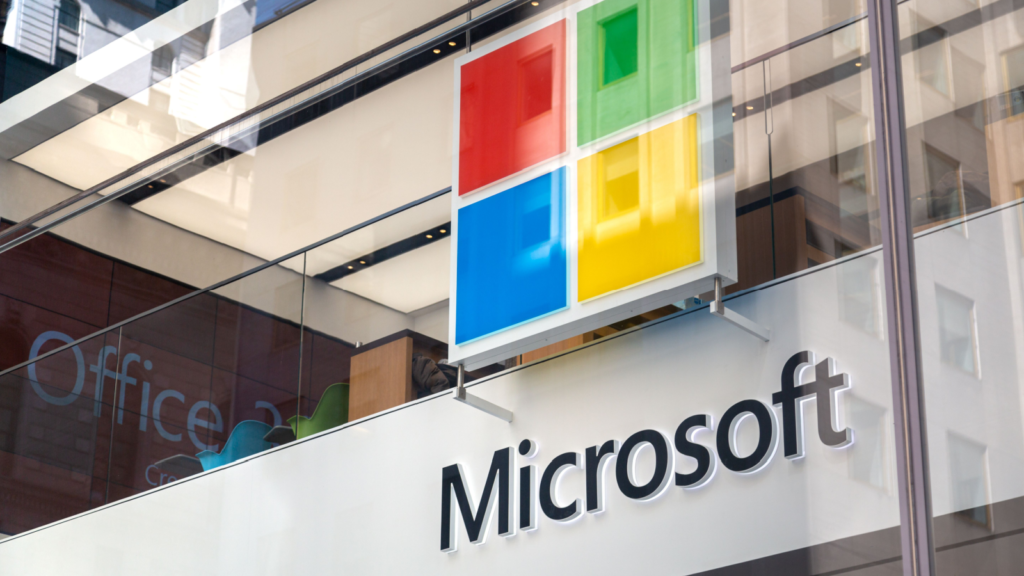
Microsoft (NASDAQ:MSFT) stock hit new highs this month but MSFT may be on the verge of entering the doldrums. A variety of minor factors may drive this change in investor sentiment. Don’t rush to sell just because shares might not do well.
MSFT stock may slow but the company continues to capitalize on AI growth. In turn, shares remain well-positioned to hit even loftier price levels down the road. With this in mind, read on, as we explore the silver lining with what could end being a slump that persists for some time.
MSFT Stock and Cooling Investor Excitement
Check out recent headlines about Microsoft, and what you’ll see is news boding moderately well for the company’s future growth.
There is little in the way of negative headlines about the company. However, it may just well be this lack of major needle-moving news that’s driving the latest cool-down in investor excitement.
Without exciting developments, the market is perhaps focusing too much on concerns like valuation and competition.
MSFT stock currently trades for 36 times forward earnings. This represents a big valuation premium to the company’s key “Magnificent Seven” rival in the area of AI software.
On one hand, Microsoft’s early mover advantage of course helps to justify this premium. Is it possible that this advantage is disappearing?
Some may be coming to this conclusion, following an analyst upgrade of this aforementioned key rival. That’s not to say that this rival’s valuation is going to keep rising, and MSFT’s valuation will keep falling, until the two converge.
However, this may continue to affect Microsoft’s price performance. At least, until the next wave of exciting news.
Fortunately enough, the next such wave may be less than a month away: the company’s next quarterly earnings release.
A Silver Lining to a Possible Post-Earnings Slump
Microsoft is expected to release its next quarterly earnings report sometime in late April. As what happened last quarter, the company could once again report strong revenue and earnings growth.
Coupled with promising updates to guidance, this could drive a post-earnings surge for MSFT stock. Then again, maybe not.
With the market going from head-over-heels to playing it cool with MSFT, the post-earnings reaction could play out differently.
Worst case scenario, investors could focus on the most negative aspect of the overall earnings release, using it as justification for a post-earnings sell-off.
But even if shares do slump rather than surge after earnings, as hinted above, there may be a silver lining.
An opportunity to enter or add to a MSFT position could emerge, if the stock’s post-earnings performances proves lackluster. Like we pointed out previously, Microsoft is ramping up its AI monetization efforts.
In time, these products, like CoPilot and Security for CoPilot, could add tens of billions to Microsoft’s annual revenue.
Given the company’s high margins, this will likely lead to a material increase in its bottom line. Continued strong earnings growth will help the stock maintain its valuation, and reach new share price milestones.
The Verdict: Be Patient, But Hang On
While it’s possible that the fast money has already been made with MSFT, the opportunity for strong and steady gains, at a more gradual pace, has not gone away.
Given Microsoft’s AI lead, further bolstered by the acquisition of top industry talent, monetization success appears very likely.
This gives credence to sell-side earnings forecasts, which call for 15%-20% growth over the next few years. While it may take some time, an eventual move to $500 per share and higher is definitely within reach.
Hence, instead of taking profit with MSFT stock, be patient, and hang on for now.
MSFT stock earns a B rating in Portfolio Grader.
On the date of publication, Louis Navellier had a long position in MSFT. Louis Navellier did not have (either directly or indirectly) any other positions in the securities mentioned in this article.
The InvestorPlace Research Staff member primarily responsible for this article did not hold (either directly or indirectly) any positions in the securities mentioned in this article.





